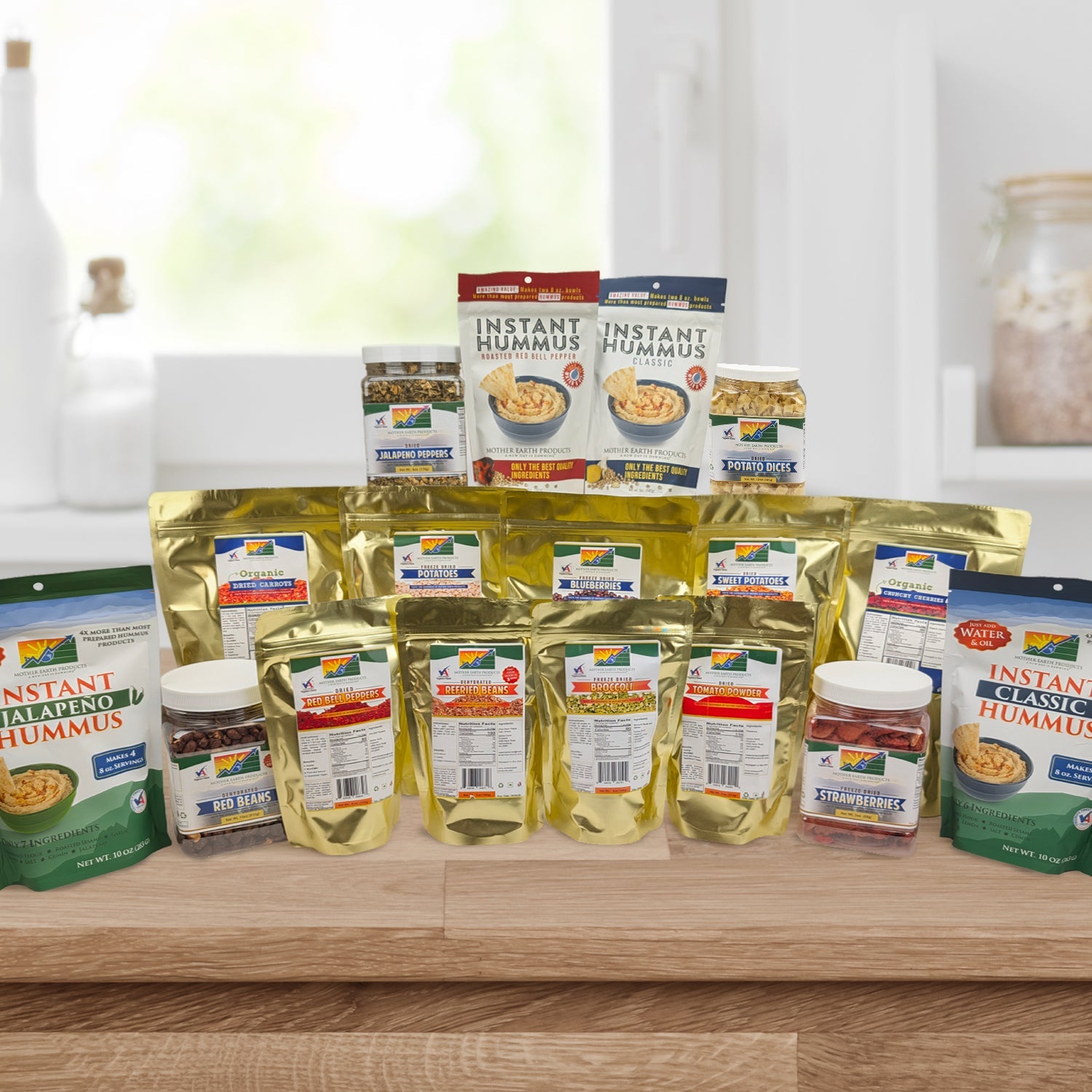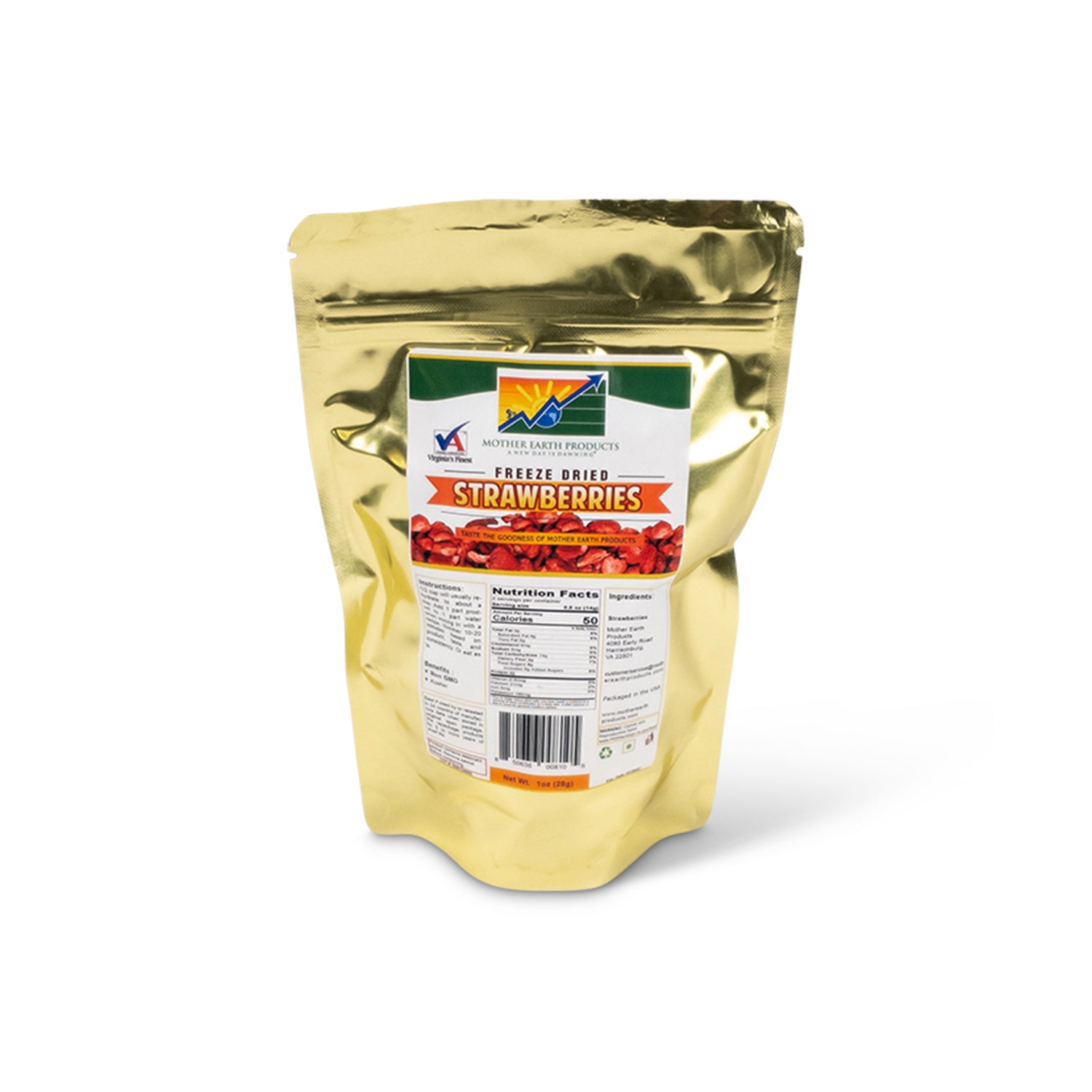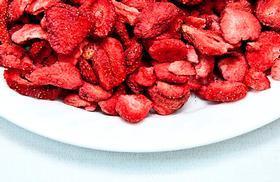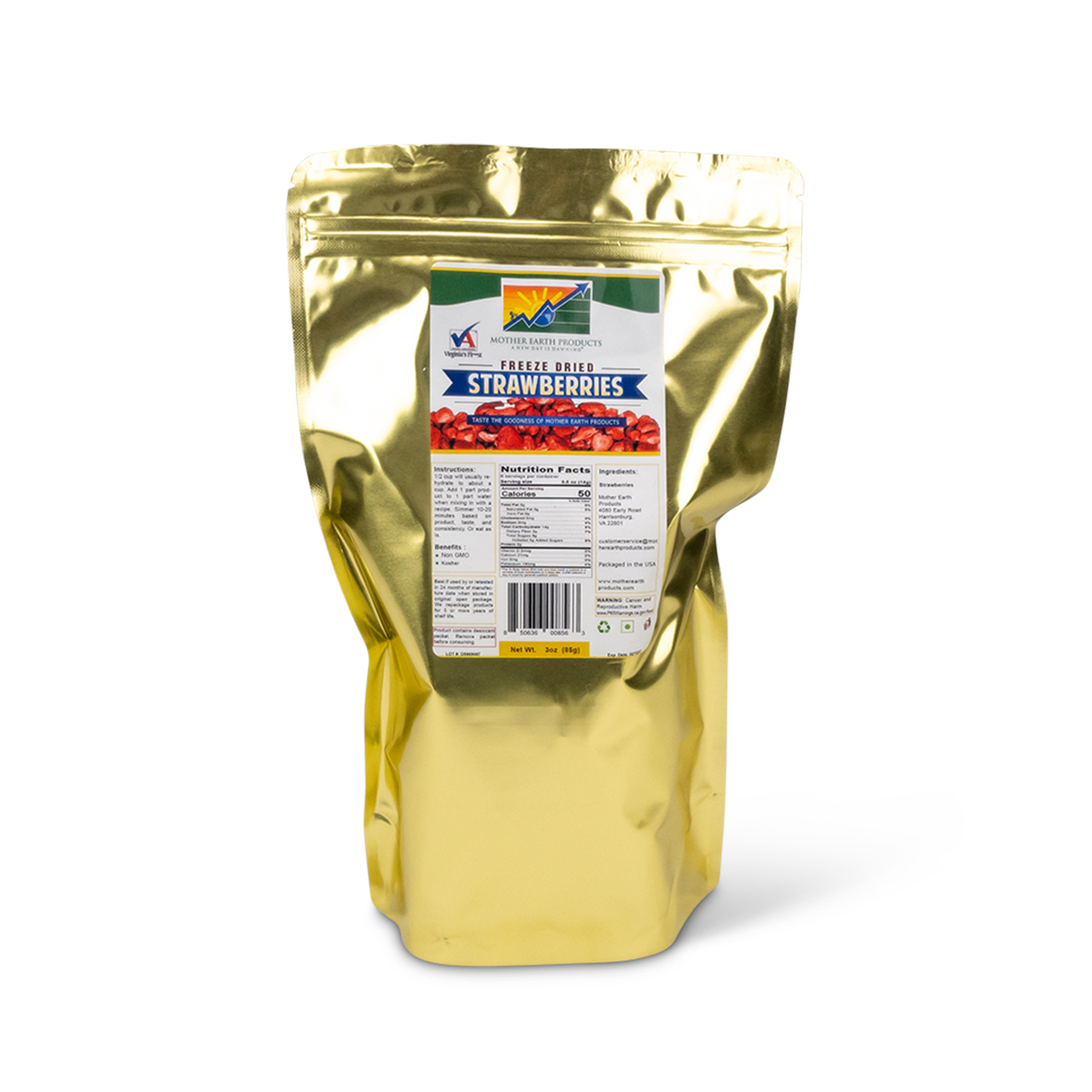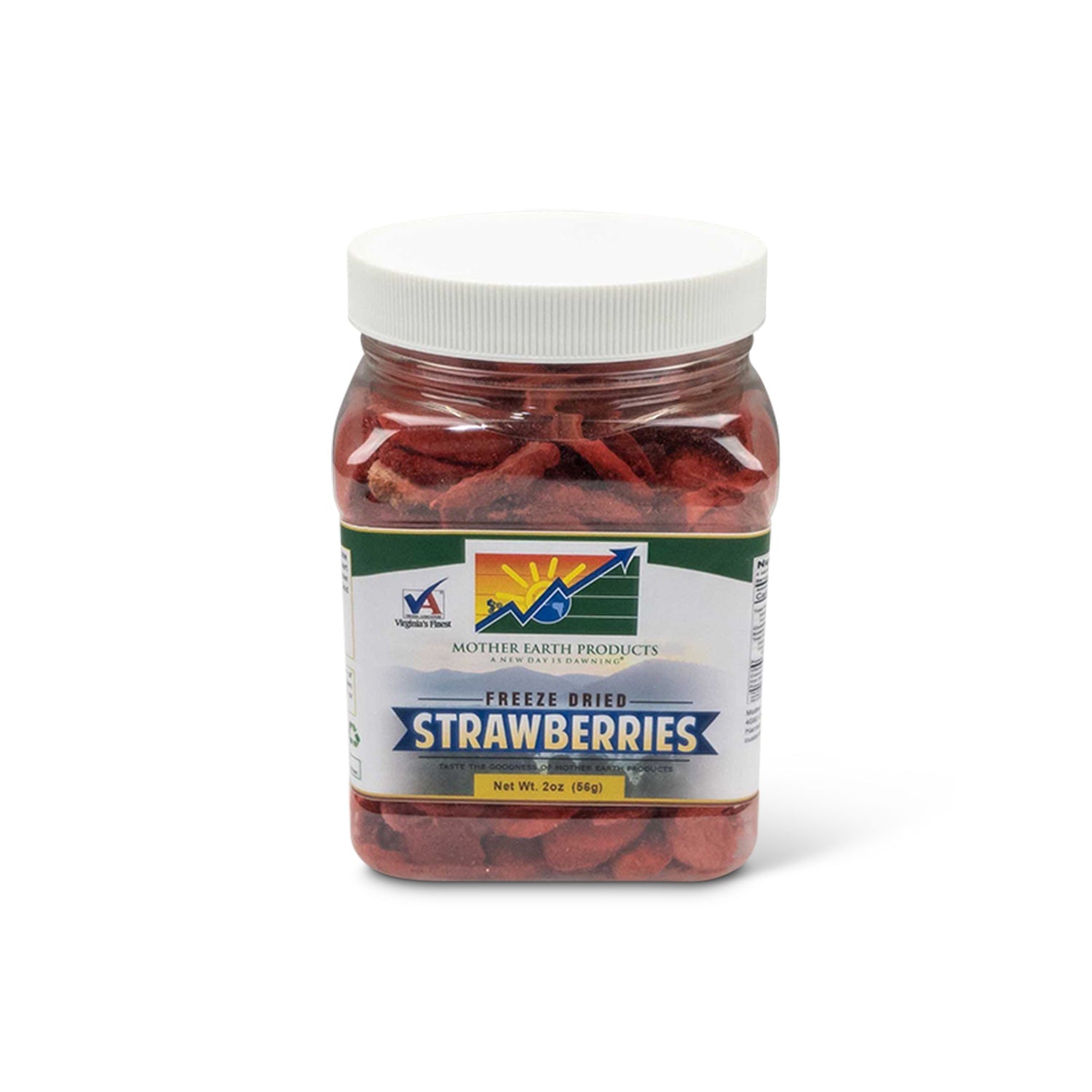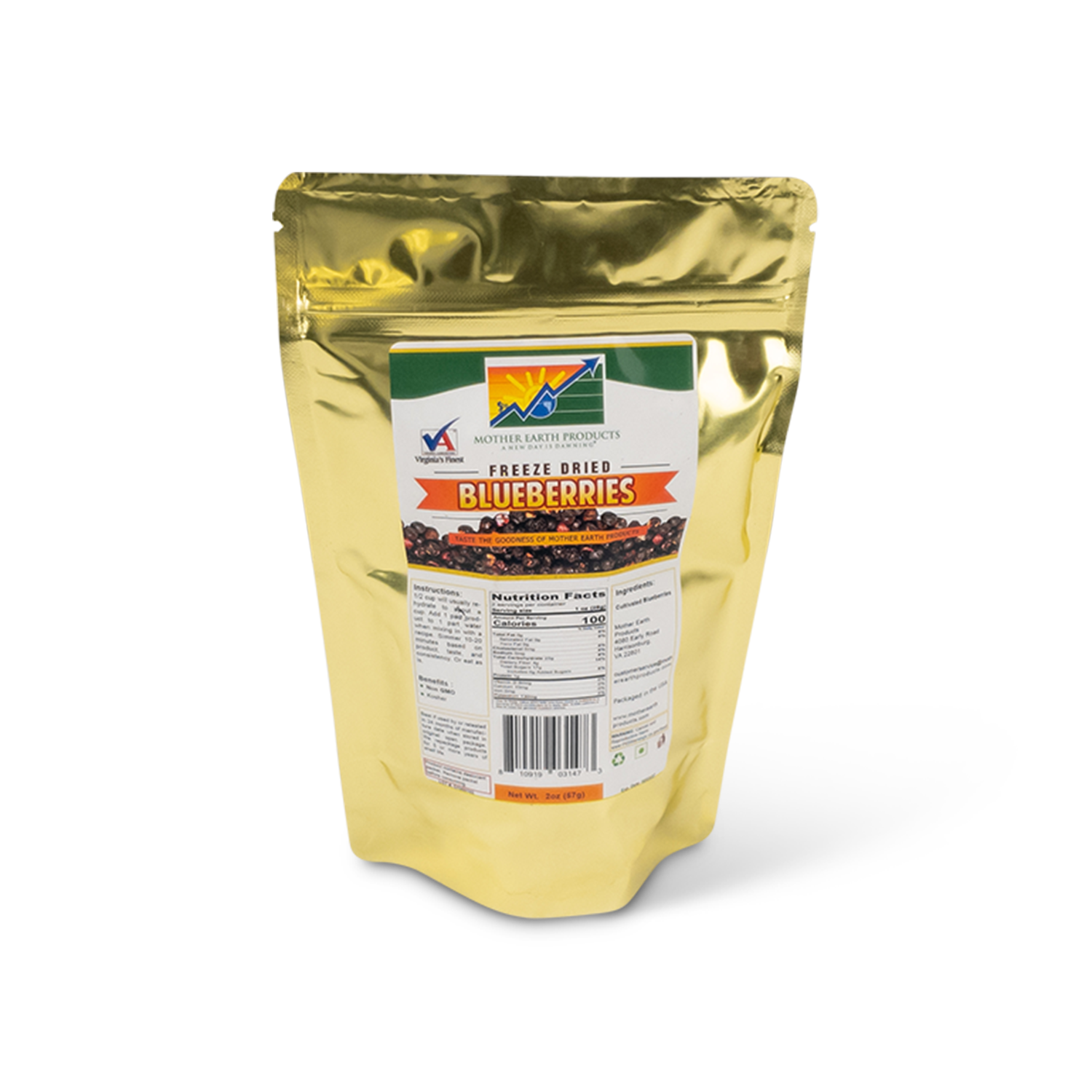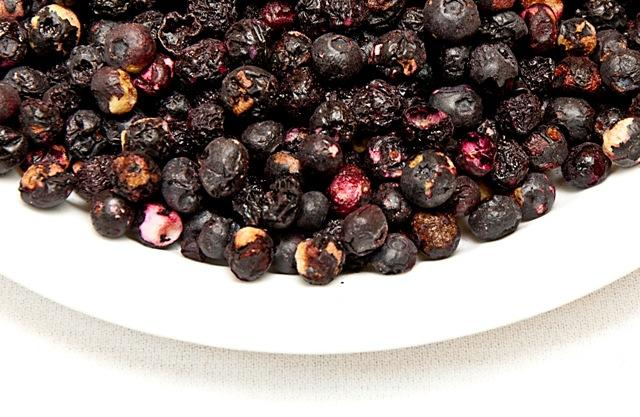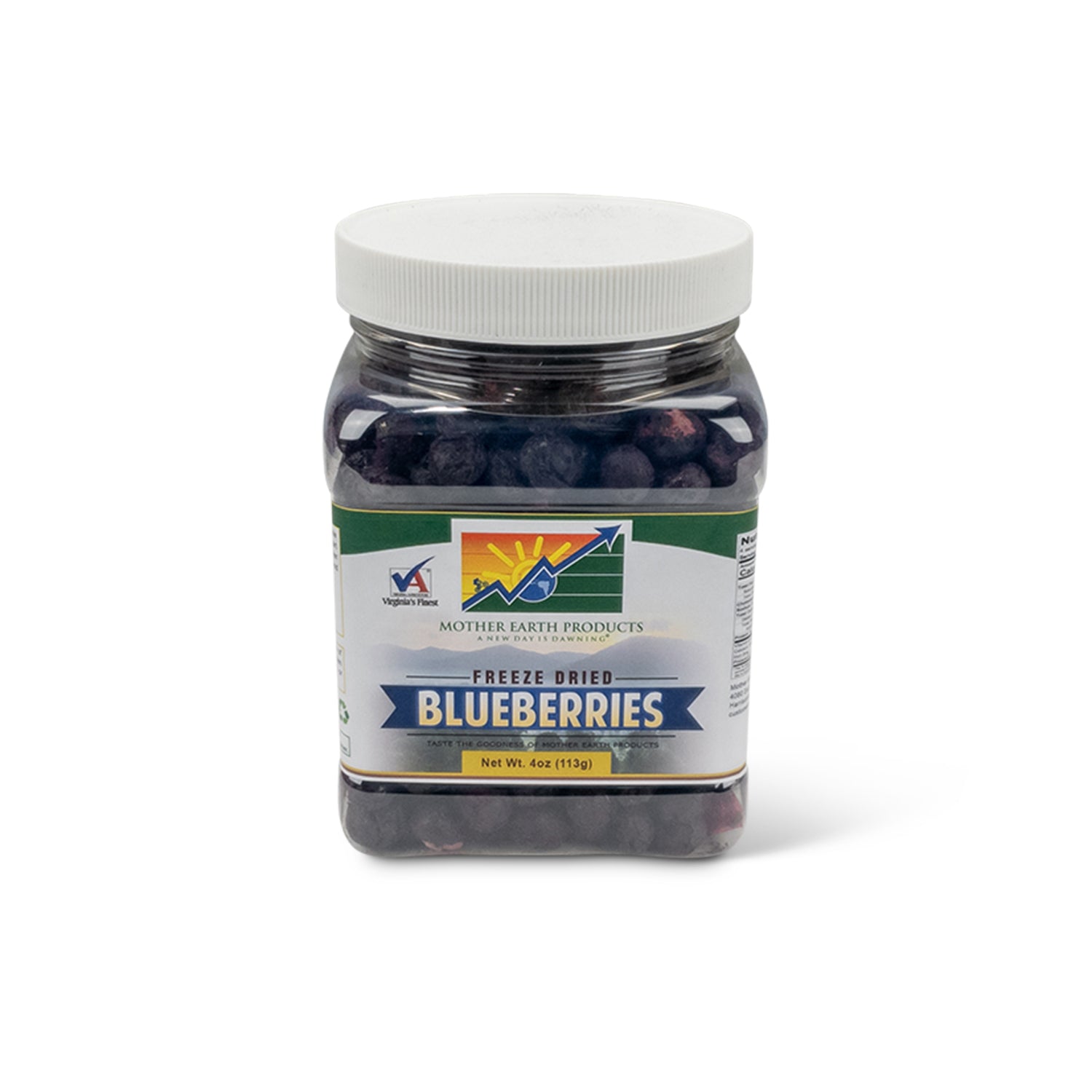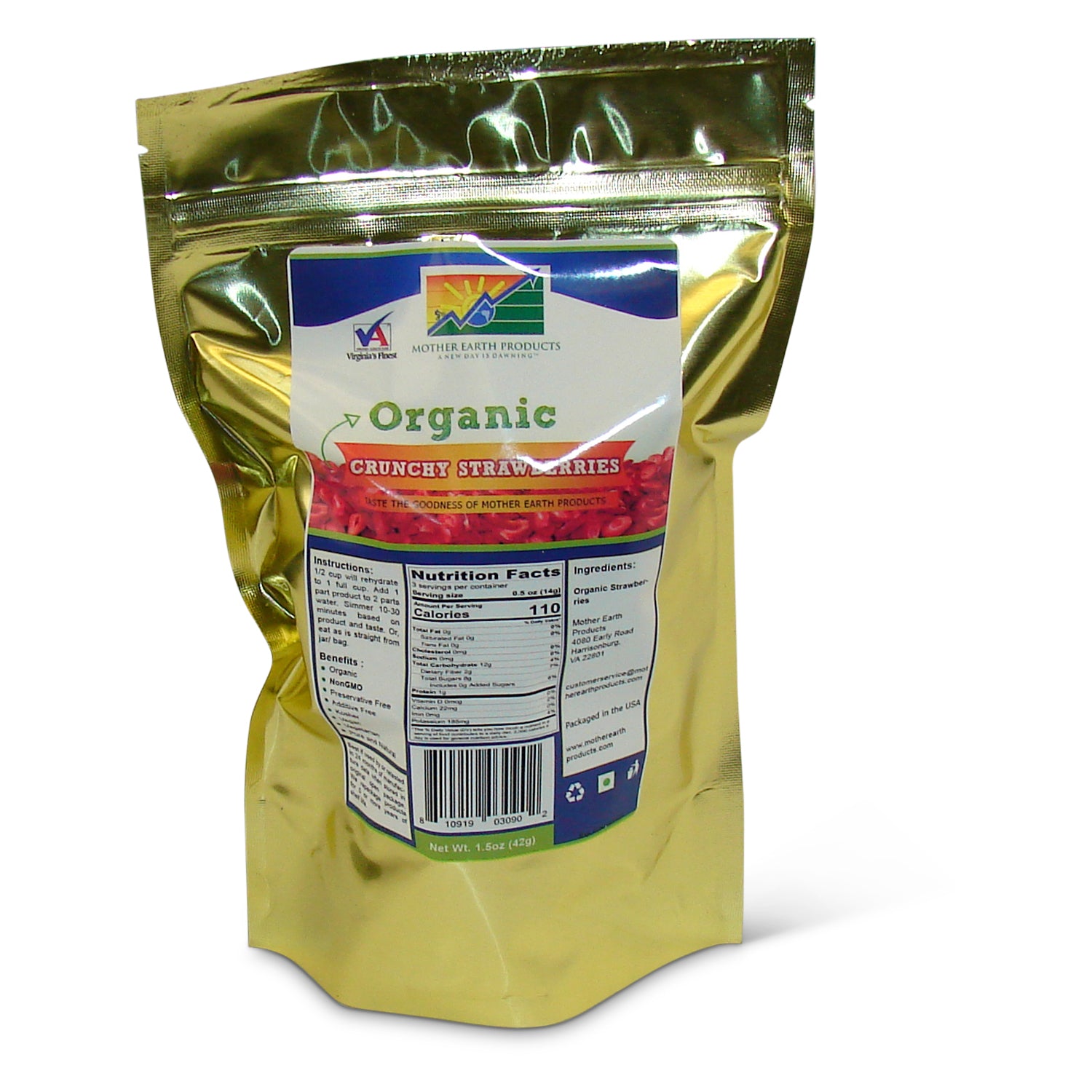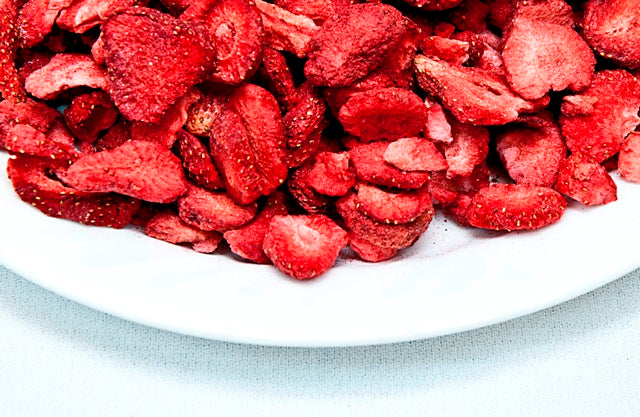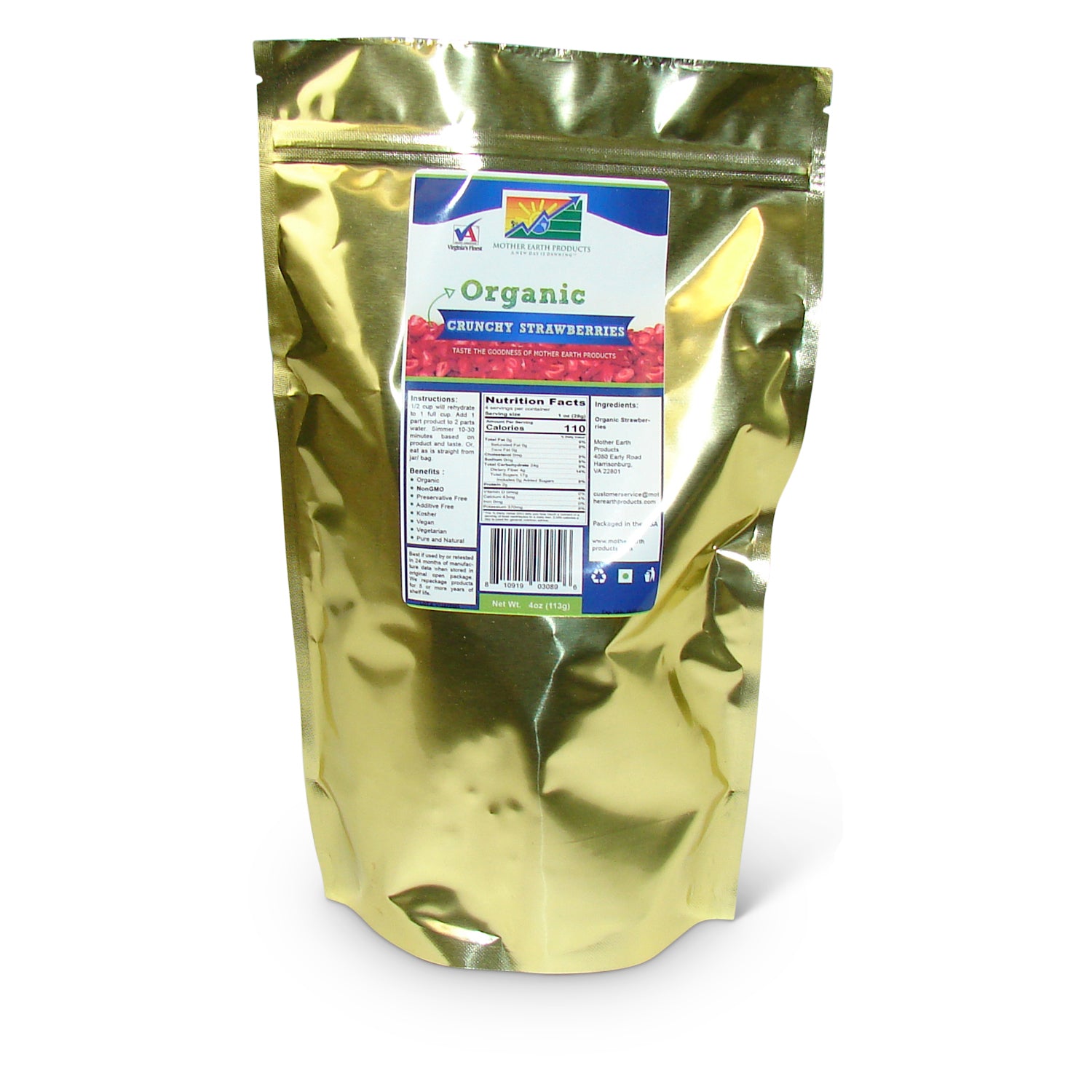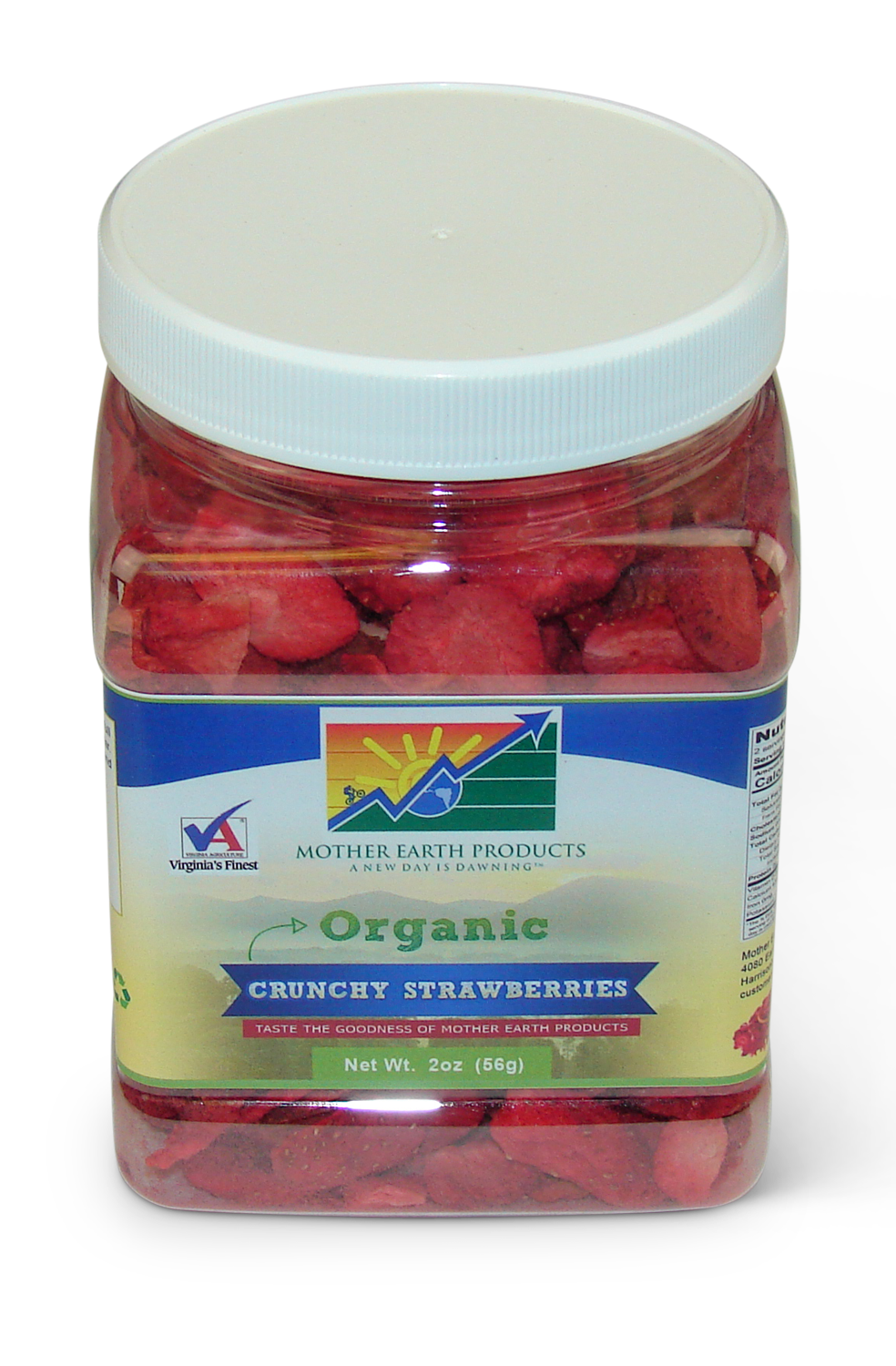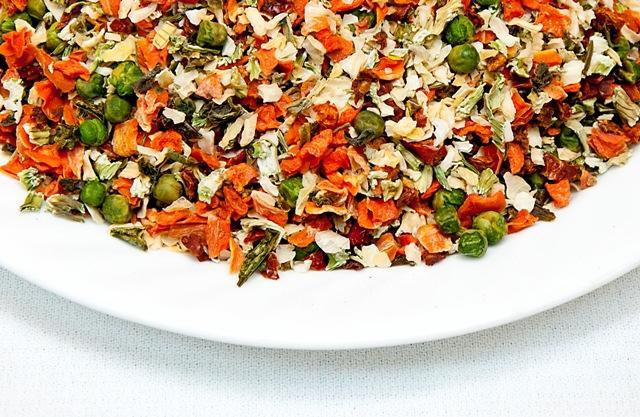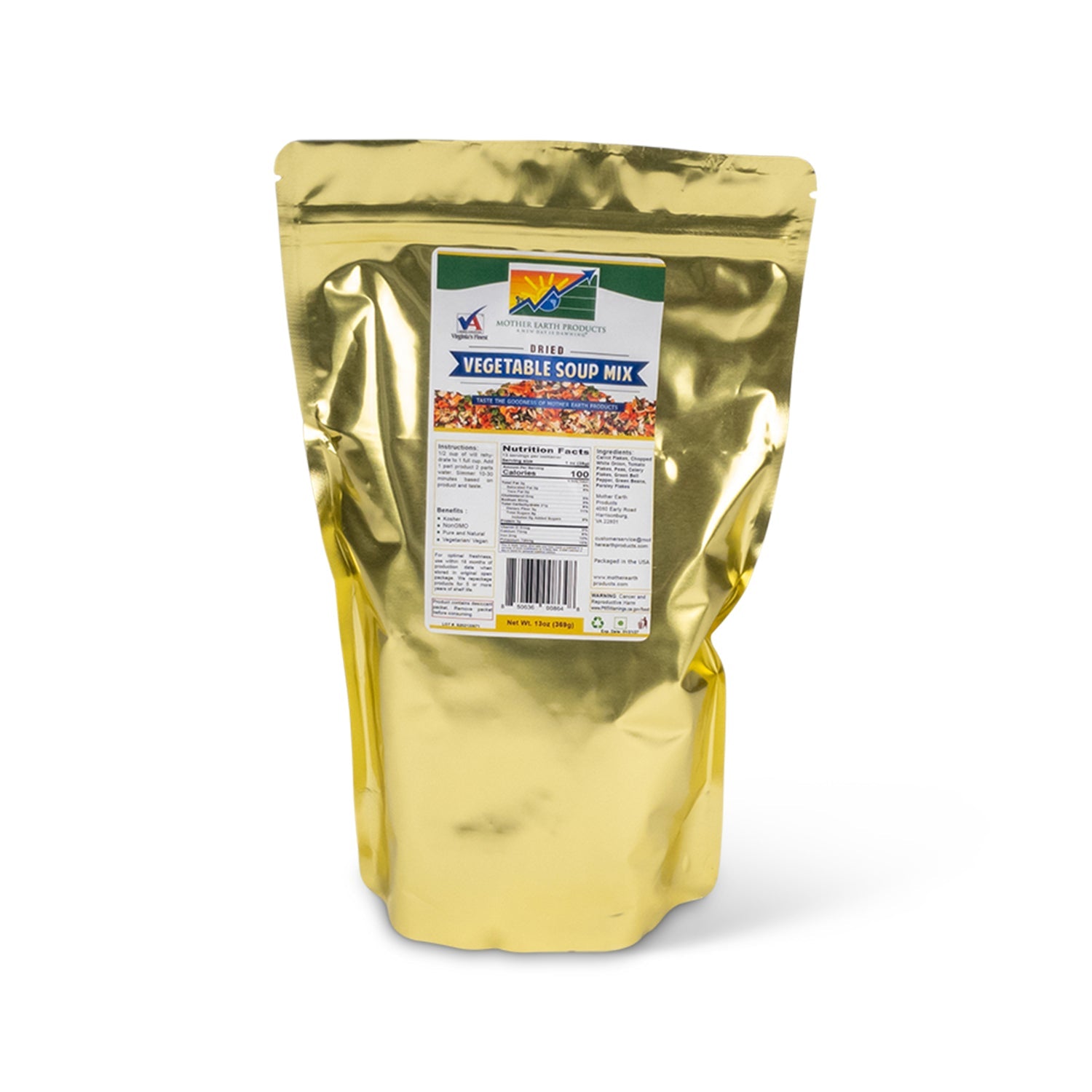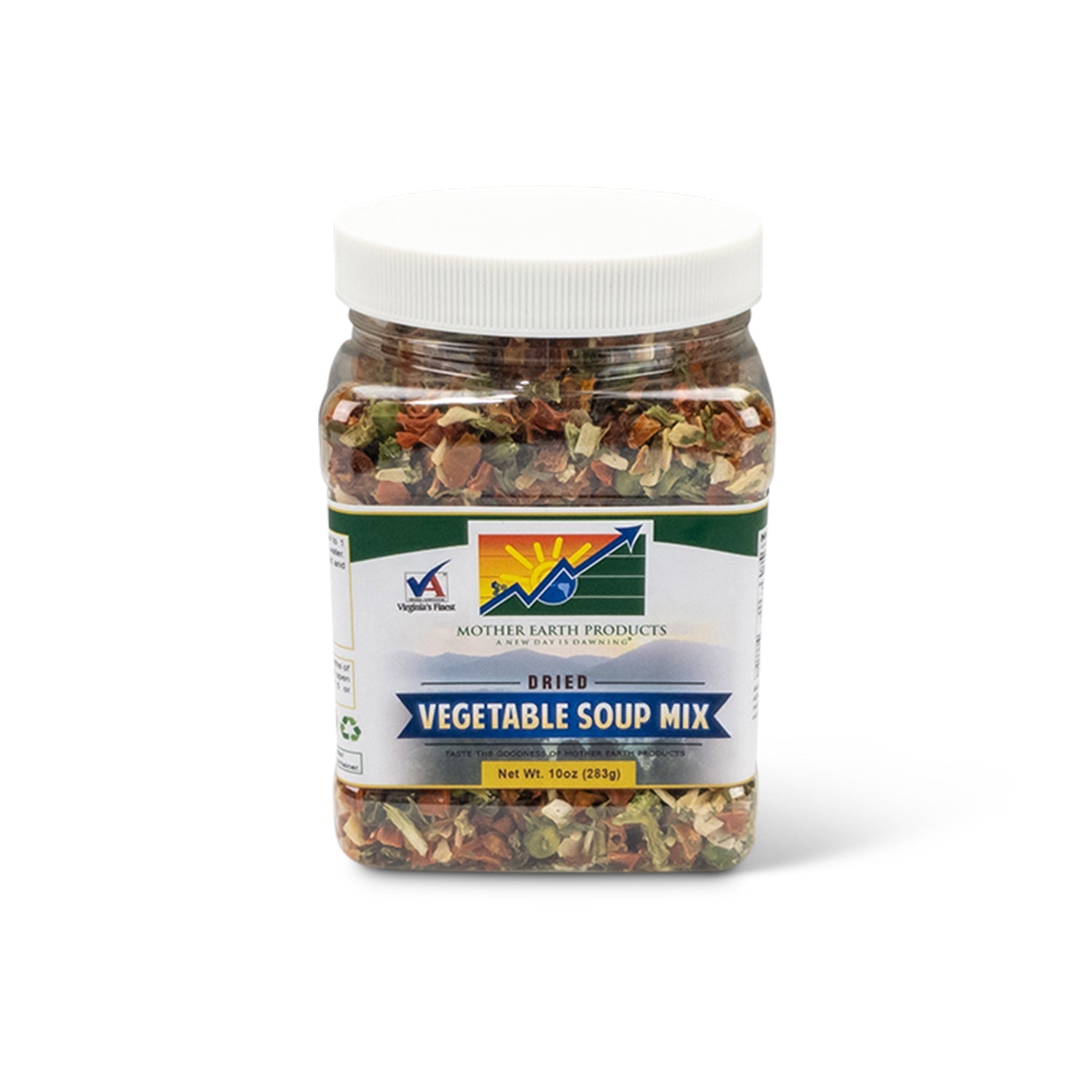Don't know if you noticed, but spice racks and home-grown herbs are all the rage these days. And honestly, this is a trend we can get behind not just because of the eye-popping colors and nose-tingling aromas, but because cooking with these two is as easy as ABC. So, if you, too, want to jump onto the bandwagon and make your dishes all the more delicious, here's everything you need to know about cooking with herbs and spices.
Herbs VS Spices: What is the Difference?
Before we delve into the green world of herbs and the aromatic universe of spices, we should get one thing straight here: herbs and spices are two completely different things. FYI, we're only bringing this up because many people tend to use them interchangeably (mainly because dried, ground herbs look a lot like spices). The thing is, though, that both of them come from two different parts of a plant or a tree, complementing your cooking in radically different ways. Specifically, spices come from the bark, root, seed or stem of the plant while herbs derive from the leafy part of a stalk plant.
Which Herbs and Spices Are Really Worth the Try?
HERBS
- Basil
Known for its minty and slightly peppery taste, basil is perfect for sauces, sandwiches, and pizza. Of course, the thing that makes this herb stand out the most is its anti-inflammatory properties thanks to eugenol(1), the oil that blocks swelling-inducing enzymes from thriving inside your body. Just keep in mind that basil tends to bruises easily. So, to avoid ruining it, use it whole, or tear it as gently as possible.
- Chives
Even though they look a lot like grass, chives(2) are packed with good-for-you nutrients such as vitamins (A and C, in particular), antioxidants and phytochemicals(3). The green herb also sports an onion-like flavor, which makes it perfect for cream sauces and salads. Pro tip: If you want to get a bang for your buck, dehydrated chives is where the money's at. Thanks to its loner shelf life, you can be sure it won't go bad days after you buy it.
- Cilantro
Falling into the love-it-or-hate-it category, cilantro is a citrus-flavored herb that's just perfect for chutneys, salsa, guacamole, and several other BBQ side dishes. It's also high in carotenoids and vitamin A(4), so you know your eye health is in for a treat. Friendly tip: Just don't confuse it with parsley. Even though they look similar, these two are quite different.
- Dill
Often used to flavor pickles, fish, dips and chicken soup, dill is one of the very few herbs that can help with memory impairment. In fact, experts(5) conclude that dill is home to some phytoestrogenic compounds which can impede age-related memory loss, especially in post-menopausal women.
- Mint
Widely known for its crisp, refreshing taste, mint comes in many varieties, but the one we're most acquainted with is peppermint. Sure, its intense flavor may be too much to handle for some, but knowing that it treats indigestion(6) makes it all the worthwhile.
- Oregano
An excellent source of Omega-3 fatty acids, oregano(7) is a heart-friendly herb with a sweet, slightly peppery taste. Working great as a seasoning for pizza, sauces, dressings, and rubs, it's also linked to lower cancer risk(8) thanks to its high content in antioxidants.
- Rosemary
We're not gonna lie: The needle-like looks on this herb may not seem friendly for a novice home cook, but trust us when we say, rosemary is game-changer when it comes to seasoning potatoes and meat dishes. Plus, the herb is rich in carnosic acid(9), an antioxidant that helps with weight loss and reduces cholesterol levels.
- Thyme
The tiny leaves on this herb may look like they've got nothing to offer, but truth be told, they're just perfect for seasoning a roast or flavoring up any soup, stew or dip. The only problem? It may take some time to remove the leaves from the stem. To spare yourself the hassle, just run the back of a knife along the stems.
SPICES
- Cardamom
A major contender in chai tea, cardamom(10) is perfect for just about any dessert, from pies to cookies to ice cream. You can even add it to your smoothies for an extra sweet/spicy kick. But, remember: it comes with some serious diuretic, blood pressure-lowering properties, so make sure you consume it moderately.
- Cinnamon
Capable of complimenting both savory and sweet dishes, cinnamon comes with numerous health benefits, from reducing inflammation(11) to lowering blood sugar levels(12). The best part? Thanks to its sweet flavor, it can be used as a sweetener, allowing you to skip the sugar for once.
- Clove
Clove(13) is basically dried flower buds, but that doesn't mean it lacks in flavor. On the contrary, it packs a serious punch and is high in phenolics and antioxidants, both of which are linked to improved immunity.
- Cumin
Thanks to its earthy/nutty flavor, cumin pairs great with just about any savory dish (think stews, soups, burgers, sauces, dips, etc.). More than that, studies(14) show that it can treat hypertension, indigestion, and insomnia, so you really can't go wrong with this one.
- Ginger
Despite its ugly looks, the ginger root is a medicinal powerhouse. According to experts, the spice can alleviate symptoms of arthritis(15), inflammation(16), and even treat nausea(17). Not to mention that it a spicy/sweet taste that can skyrocket anything from a marinade to a bowl of overnight oats.
- Paprika
Made from dried, ground chili peppers, paprika's flavor that spans from smoky sweet to spicy hot. That's why it's a perfect match for seafood, meat, eggs, rice, roasted vegetables, and risotto. Given its high antioxidant profile, the bright red spice is also a great way to tackle oxidative stress(18).
- Pepper
And here's a spice that needs no introduction. Pepper is a staple in most cuisines, from the Mediterranean to Asian and pairs well with almost anything. It comes in black, red, green and white varieties and is best-consumed ground.
- Turmeric
A distant relative of ginger, turmeric(19) is a bright yellow spice that's mostly used to flavor meat, rice, curries, and poultry. It's also known for reducing inflammation and all symptoms related to it, such as pain and swelling.
How Can I Get the Most Out Of My Herbs and Spices?
HERBS
- Deep Freeze
One easy way to store herbs (we're talking about the fresh ones here) is to deep-freeze them. How to do that? Just chop them up, place them into an ice cube filled with water, and store them in the freezer. Herbs can last up to 6 months with this technique. You can also use olive oil instead of water and just throw the cubes into the pan when it's sauteeing time.
- Store in Jars
If deep freezing isn't your thing, you can also store your herbs in airtight mason jars which prevents them from oxidizing and wilting in a matter of days. So, if this method sounds more like you, rinse the herbs to remove dirt, pat them dry with a towel, fill the jar with a few inches of water and trim the stems to fit the jar. Cover the herbs with a plastic bag and set aside on the counter or refrigerator.
SPICES
- Think Small
While buying in bulk is an easy way to promote sustainability, things aren't so cut and dried when it comes to spices. That said, stock up on small quantities to avoid getting stuck with a batch that has lost its freshness by sitting on the rack for way too long.
- Grind Away
Another easy way to get the most flavor and aroma out of your spices is to grind them on the spot. So, next time you're thinking of spicing your dishes, bust out your coffee grinder or (for a more traditional approach) your mortar and pestle and grind away.
So, are you ready to master the art of cooking with herbs and spices? We'd love to hear your thoughts and comments in the section down below!
References:
- https://www.ncbi.nlm.nih.gov/pubmed/21939359
- https://www.ncbi.nlm.nih.gov/pubmed/15305309
- https://www.ncbi.nlm.nih.gov/pmc/articles/PMC5337908/
- https://www.ncbi.nlm.nih.gov/pubmed/22812633
- https://www.ncbi.nlm.nih.gov/pmc/articles/PMC4852659/
- https://www.ncbi.nlm.nih.gov/pubmed/16767798
- https://nutritiondata.self.com/facts/spices-and-herbs/197/2
- https://www.ncbi.nlm.nih.gov/pubmed/21535822
- https://www.ncbi.nlm.nih.gov/pubmed/21676274
- https://www.ncbi.nlm.nih.gov/pubmed/18037596
- https://www.ncbi.nlm.nih.gov/pubmed/25629927
- https://www.ncbi.nlm.nih.gov/pubmed/19930003
- https://www.ncbi.nlm.nih.gov/pmc/articles/PMC3819475/
- https://www.ncbi.nlm.nih.gov/pubmed/23402543
- https://www.ncbi.nlm.nih.gov/pmc/articles/PMC4058601/
- https://www.ncbi.nlm.nih.gov/pmc/articles/PMC3665023/
- https://www.ncbi.nlm.nih.gov/pmc/articles/PMC4818021/
- https://www.ncbi.nlm.nih.gov/pmc/articles/PMC3236599/
- https://www.ncbi.nlm.nih.gov/books/NBK92752/


